10 years of pomological watercolors

A decade ago today I published a blog post calling for the US government to release its paintings of fruits. The Pomological Watercolor Collection, as I had recently come to know, is a beautiful and remarkable corpus of over 7,000 pictures of fruits and other biological specimens, made between the 1880s and 1940s. Through a handful of FOIA requests I’d learned that the images had been meticulously digitized and put online for purchase, but that less than 100 pictures had been sold that way — not nearly enough to justify the paywall.
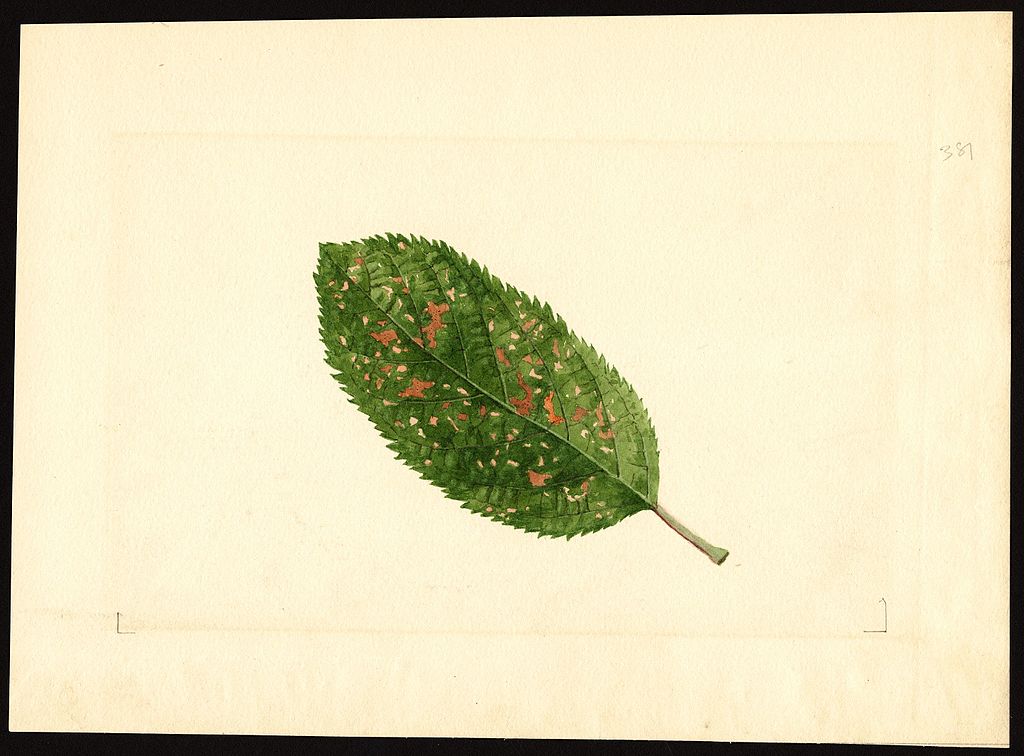
It was a strange rallying call, and certainly feels like it comes from a different era, but (if I may humbly say so) it worked. Within a few months, the National Agricultural Library put their high-resolution scans online, and they remain available to search and download. It’s easy for me to imagine a version of this story where I declared victory and moved on to the next thing.
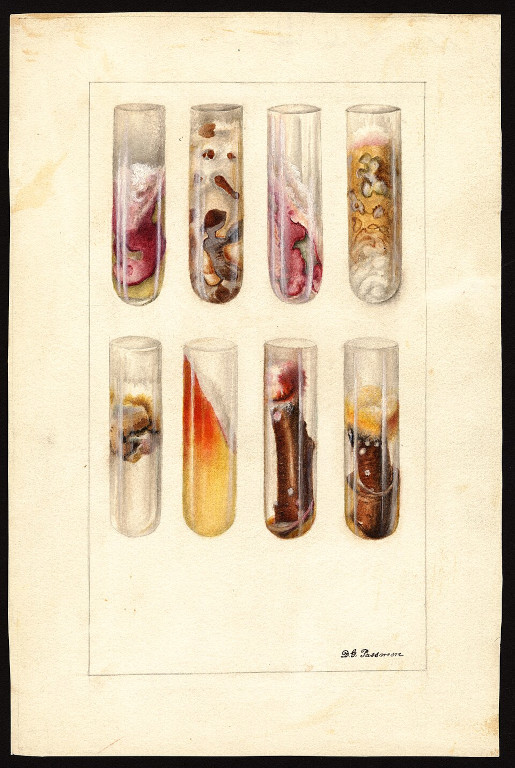
But that’s not what I did! Now that the images were available, I wanted to add them to Wikimedia Commons. In order to do so, I needed to create some software that would handle the uploads. This was my first ever project in Python, and in many ways, the start of my life as a programmer. The domino effect here is a little mind-boggling for me.
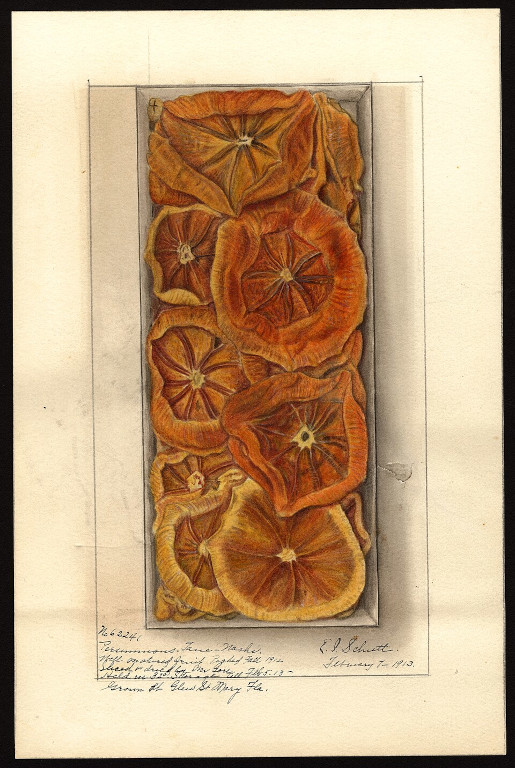
Emboldened by that foray into coding, I created a Twitter bot to post through the collection. Social media bots as a medium became pretty important to me. That account stopped posting when Twitter became X, approximately, but it continues to this day on Bluesky and Mastodon. I found other weird opportunities to highlight the collection. I gave a short talk at the National Archives for Wikicon 2015, made a visualization video for a concert of carnatic music, and added a thousand apple cultivars to my favorite collection of datasets. I made buttons.
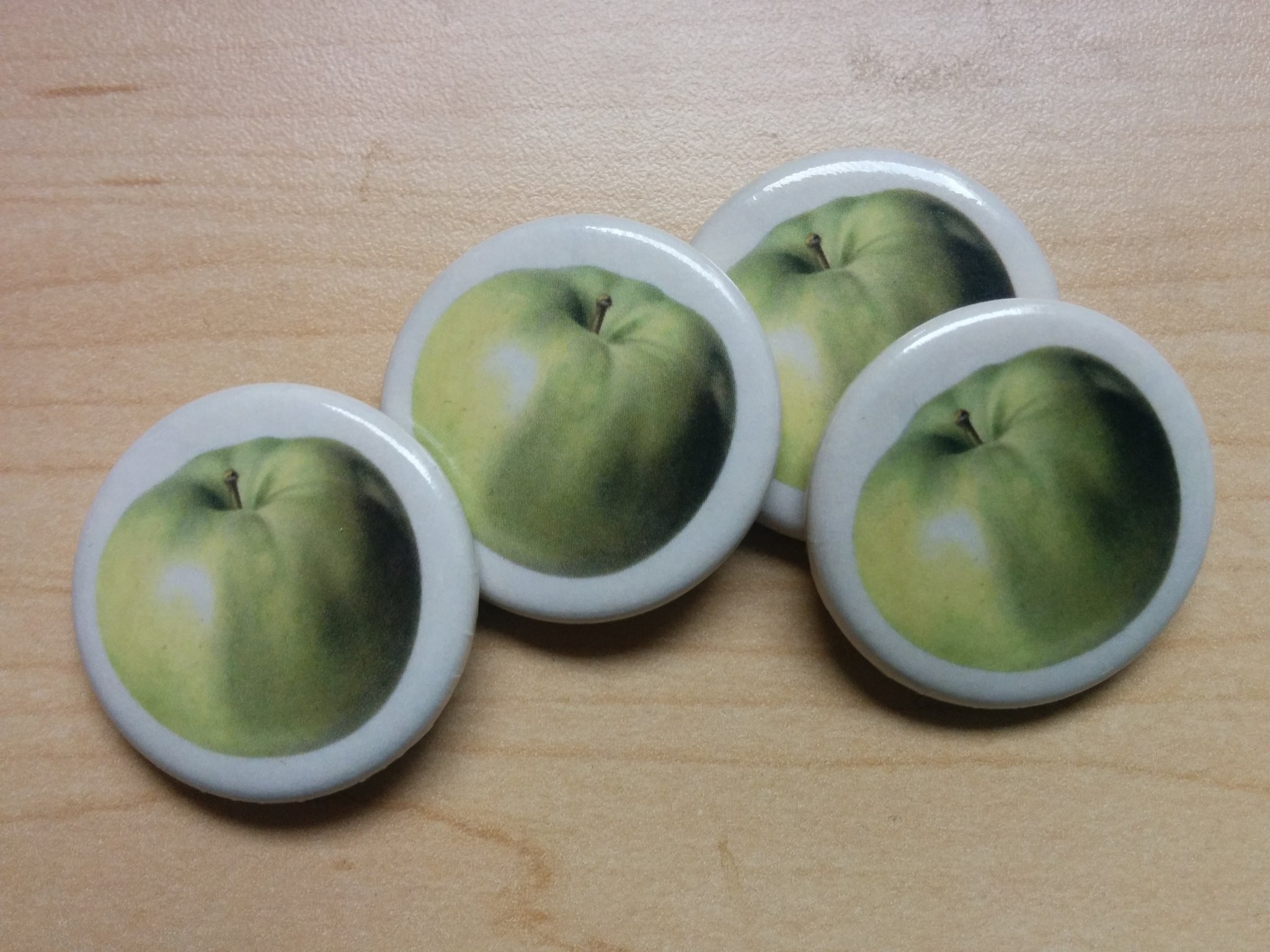
Most exciting to me, though, has been seeing the public collection flourish as I’d hoped it would. There has been a coffee table book, an academic exploration, a postcard collection, and high-quality prints from an art seller. The collection continues to get press attention — not just from interviews I did with sites like Mashable and Morsel, but in Open Culture, Atlas Obscura, even a shout-out from the New York Times. Just this year it got a delightful write-up by Kelsey McKinney at Defector, one of my favorites.
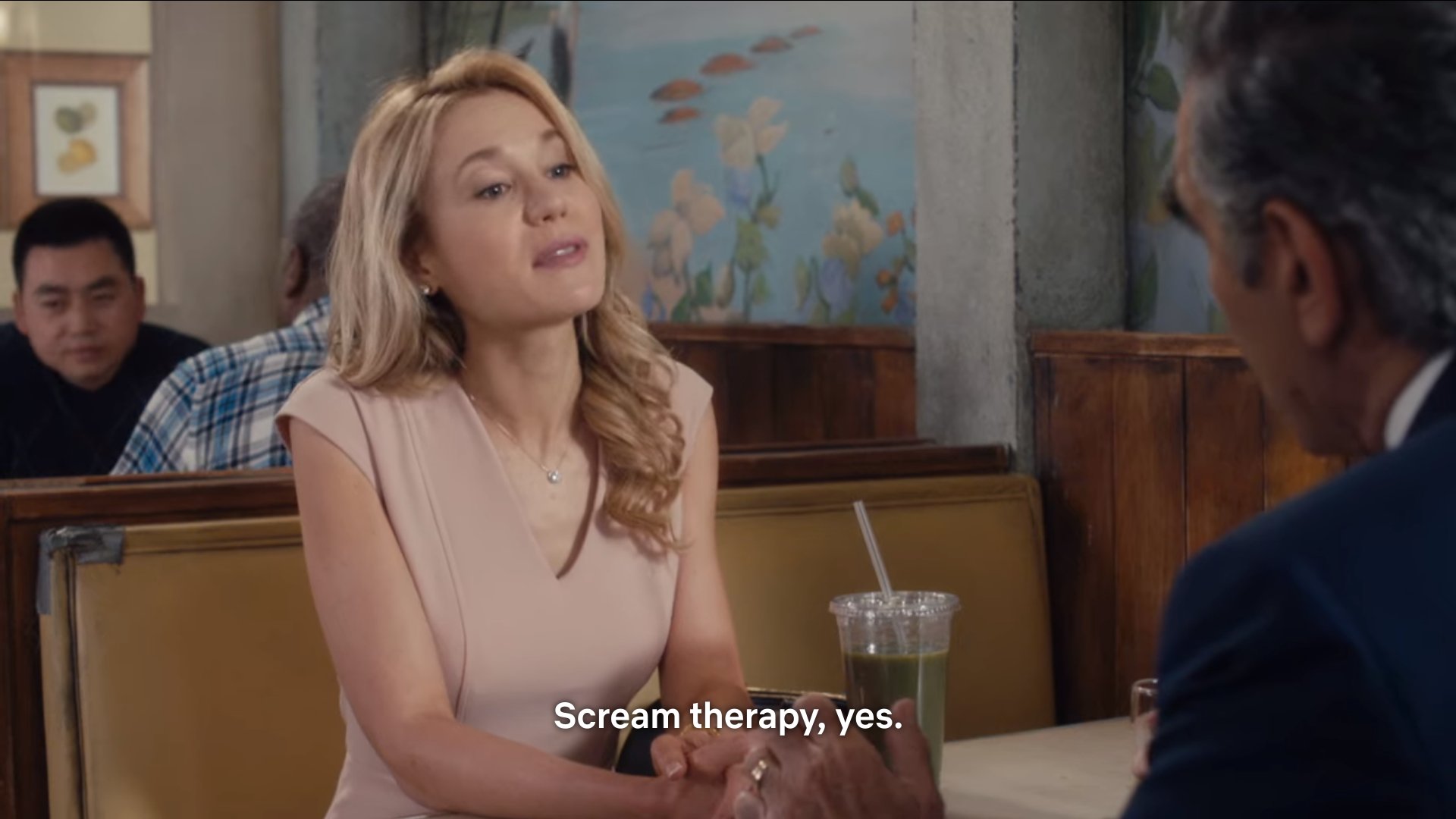
I found the pomological watercolors through my advocacy for the public domain — a cause that can sometimes feel a little lonely and dispiriting. Embracing these artworks, though, has changed my life for the better in so many ways over the past decade. I don’t really have a big takeaway, and nobody’s asking for advice, but: I have been so grateful that I kept pulling that string and following my curiosity and interest. I sought out this collection on a lark, and I have now spent ten years surprised and delighted by what I found.